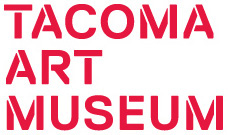Charles Heaney
Charles Heaney was one of Oregon’s most noted 20th-century artists. Born in Wisconsin, his family moved to Portland in 1913 where he began an apprenticeship at the Brandenberg Engraving Company engraving and repairing jewelry. He began attending the Portland Art Museum's school (now the Pacific Northwest College of Art) at night to learn painting and printmaking but it was his relationship with the modernist painter C.S. Price that had the greatest influence on his style and the look of his work. Heaney loved the landscapes of the west, particularly the stark environments of eastern Oregon and Nevada though he also painted townscapes. He wanted his images to evoke a sense of place rather than being literal depictions of the scenes he chose.
From 1937 to 1939, Heaney was employed by the Oregon Federal Art Project of the Works Progress Administration (WPA) to create a body of paintings and prints for public buildings.His time on the WPA cemented his commitment to a life making art and his lifelong openness to new ideas and techniques. During the 1940s he began experimenting with aquatints and other printmaking techniques as well as mixed-media relief paintings.
A major retrospective exhibition and catalogue on Heaney was organized by the Hallie Ford Museum of Art in Salem, Oregon in 2005. The catalogue by Roger Hull is titled "Charles Heaney: Memory Imagination, and Place" and was published by University of Washington Press.

